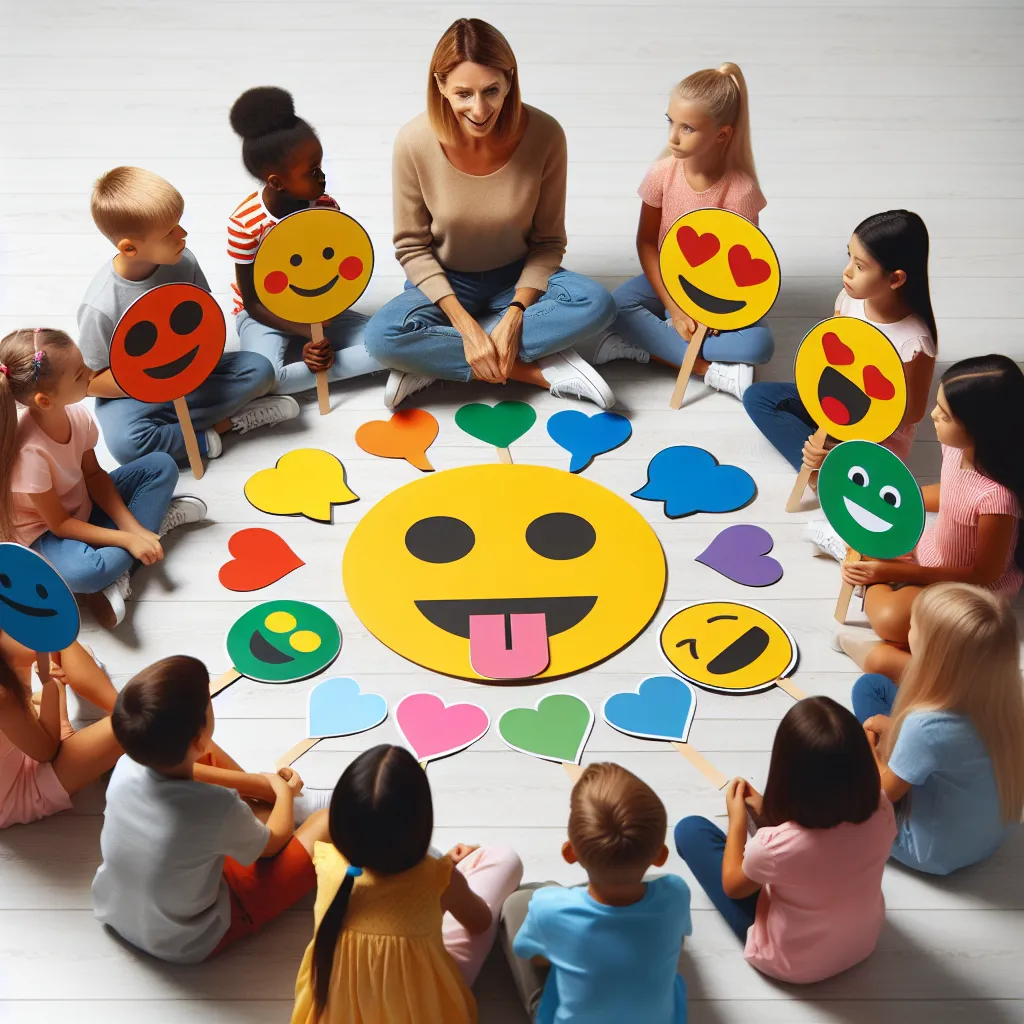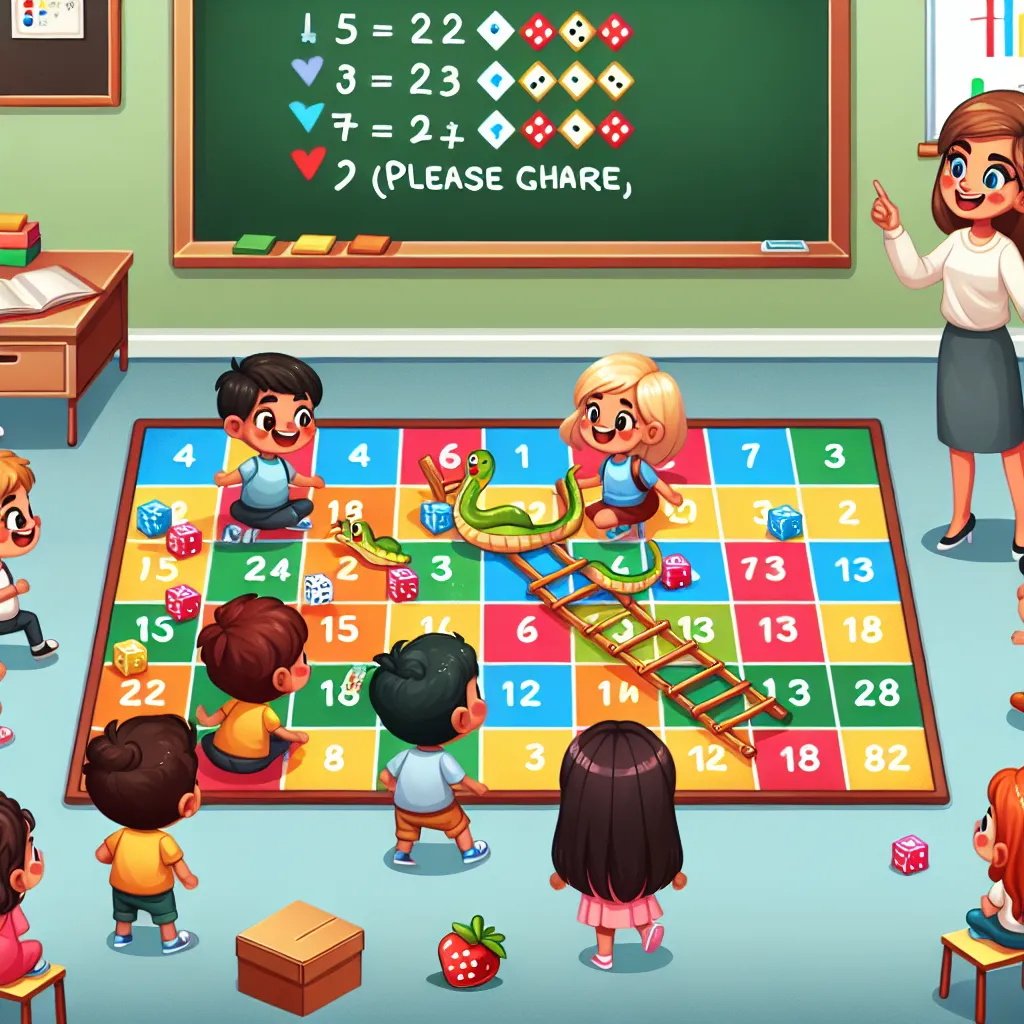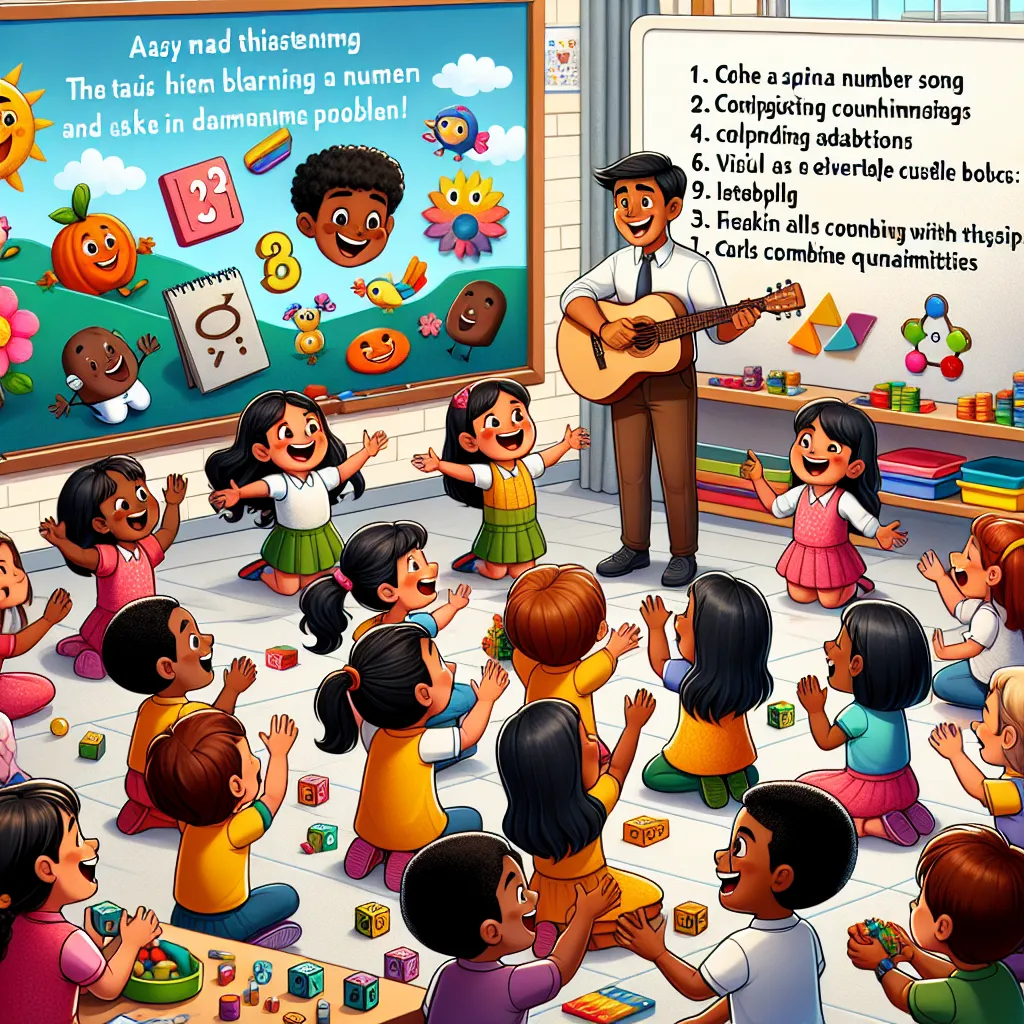Ask AI on The Internet
Question: Read the case study below, and then follow the instructions provided at the bottom: In Miss Mofokeng’s classroom, it’s circle time in the morning; the discussion is based on the theme of the week; “feelings”. Miss Mofokeng asks each child to pick out a face from the container full of cardboard cutout emojis that show how they feel that morning. The emojis show the following expressions: sad, happy, tired, excited, and worried. Miss Mofokeng now has twenty cutouts in the middle of the circle. 3.1. Suppose you are Miss Mofokeng; plan and involve learners in a data handling activity based on the case study above. In your activity, include • the problem statement/question (2) • present the activity using the steps of the data handling cycle. This should also include at least three questions in each step, as well as illustrations to guide the children in the process. (4x7=28) 3.2. After completing the activity in 3.1, answer the following questions: • Did the data-handling process solve the investigation? (1) • What went well? (2) • What would you do differently next time (remember, there is always room for improvement)?
Certainly! Below is a comprehensive plan for involving learners in a data handling activity based on the case study provided: ### 3.1 Data Handling Activity #### Problem Statement/Question - **Question 1:** "Which emoji represents how most children feel this morning?" - **Question 2:** "How many children feel the same way today?" #### Steps Using the Data Handling Cycle **Step 1: Pose Questions (Formulate)** - **Illustration:** Show children images of each emoji and ask probing questions. - **Questions:** 1. "How do you feel today?" 2. "Which emoji matches your feeling the best?" 3. "Why did you choose this specific emoji?" **Step 2: Collect Data (Gather)** - **Illustration:** Have children pick one emoji cutout from the container and place it on a designated chart. - **Questions:** 1. "Can everyone pick one emoji that shows how they feel?" 2. "Let’s place the emojis on the chart. How many happy emojis do we have?" 3. "How many of us picked the sad emoji, and how does it make us feel to see this?" **Step 3: Organize and Record (Organize)** - **Illustration:** Create a bar graph on a large sheet where each column represents an emotion. - **Questions:** 1. "How should we organize the emojis on our chart?" 2. "Can someone help me count and write down the number of each emoji on the board?" 3. "Which column has the most emojis? Which has the least?" **Step 4: Interpret and Analyze (Analyze)** - **Illustration:** Discuss the distribution of emotions represented in the bar graph. - **Questions:** 1. "What can our bar graph tell us about how we all feel today?" 2. "Which feeling is the most common among us today?" 3. "Do you think we will feel the same way tomorrow? Why or why not?" ### 3.2 Post-Activity Reflection #### Did the data-handling process solve the investigation? (1) Yes, the data-handling process helped us understand how the majority of students feel this morning and provided insights into the general mood of the class. #### What went well? (2) - The children actively participated in choosing and placing their emojis on the chart. - The visual representation (the bar graph) effectively communicated the results to the children, making it easy to discuss and interpret their collective feelings. #### What would you do differently next time? (2) - I would add a section for children to discuss why they feel a certain way, creating a deeper emotional understanding and connection among the students. - Incorporate technology, such as using an interactive whiteboard, to further engage the students and make the process more dynamic and interactive. By planning and executing this activity, learners not only handle data but also engage in critical thinking, emotional expression, and collaborative problem-solving.
Think your answer is better than the AI's? Post it below.
Other Most Relevant Posts:
 ACTIVITY 12: Explaining the Mathematical Game to Children
ACTIVITY 13: Engaging Students in Snakes and Ladders Game
REFLECTION: Successful Lesson with Snakes and Ladders Game
MENTOR TEACHER'S REP
ACTIVITY 12: Explaining the Mathematical Game to Children
ACTIVITY 13: Engaging Students in Snakes and Ladders Game
REFLECTION: Successful Lesson with Snakes and Ladders Game
MENTOR TEACHER'S REP
 Section A (20): Understand Concepts in Language, Didactics, Genres, and Learning
Section B (40): Discuss Carol Read’s Pillars of Creativity
Section B: Analyze Key Themes in Multimodal Literac
Section A (20): Understand Concepts in Language, Didactics, Genres, and Learning
Section B (40): Discuss Carol Read’s Pillars of Creativity
Section B: Analyze Key Themes in Multimodal Literac
Question Tags
If you want your question answered by an AI, click here.





Post your own comment: